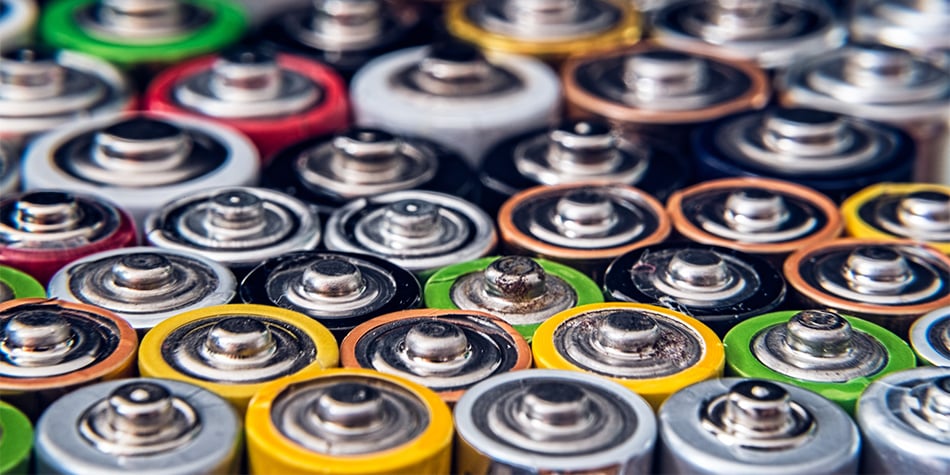Waste silk textiles are showing enormous potential for creating cost-effective, sustainable high-density batteries, according to research published in 2022 by the Institute for Frontier Materials.
Sustainability issues are becoming increasingly important for battery manufacturers due to dwindling lithium reserves.
In response, researchers from the Institute for Frontier Materials (IFM), working through the ARC Training Centre for Future Energy Storage Technologies (StorEnergy) and led by Dr Jenny Sun, are investigating how waste materials – particularly waste silk textiles – could replace standard electrodes in lithium-ion batteries (LIBs). These traditional electrodes require binders, conductive additives and toxic solvents, making them less sustainable.
Cost-effective and sustainable batteries
This is a big advantage,’ Dr Sun says. ‘It means we don’t need to use any additives, making them more cost-effective and sustainable.’
The team has been testing these electrodes in sodium ion batteries (NIBs), which are a promising alternative to LIBs.
‘The great abundance of sodium makes them very price competitive,’ Dr Sun says. ‘And unlike LIBs, NIBs can be stored and transported safely in a fully discharged state.’
NIBs share similar chemistry with LIBs, making them easily integrable into existing LIB battery manufacturing lines. However, to expand their commercialisation, further electrode and electrolyte development is required. This project used an ionic liquid electrolyte that was previously developed by StorEnergy researchers.
Turning waste silk into battery electrodes
Researchers have been exploring how silk waste could replace standard electrodes used in lithium-ion batteries. If successful, these batteries will be a cost-effective and sustainable option.
Findings leading to new research opportunities
This breakthrough builds on earlier work from IFM’s Fibres and Textiles group, led by Professor Xungai Wang, which showed that a free-standing carbonised silk fabric could be prepared using a one-step heating process.
Dr Sun and her colleagues used samples of this material as electrodes in coin cells and tested their performance, including cycling and rate capability.
The electrode showed high-capacity retention (close to 100 per cent after 100 cycles) and initial coulombic efficiency of 75 per cent. This means the battery retains its capacity after being charged/discharged 100 times, , with minimal capacity decline.
The team, which is exploring industry opportunities with this research, is collaborating with Associate Professor Nolene Brown on using other waste materials, such as cotton fibre, pitch and food waste, as precursor materials for sodium-ion batteries.
This article was originally published by Timothy Khoo on storEnergy. An edited version was published by the Institute for Frontier Materials. The article features Dr Jenny Sun. Read the original article here.

